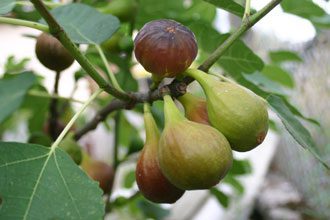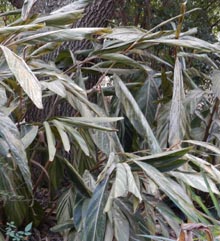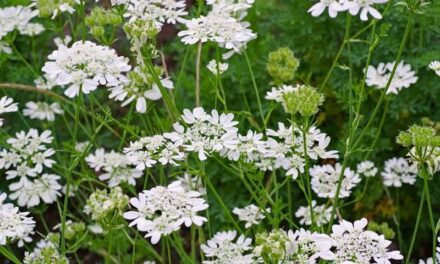“Of all flowers, methinks a rose is best.”
Thus sayeth William Shakespeare. And he seems to be right on so many things.
It is always nice to get roses for Valentine’s Day and florists love to send them out. Down here, February 14th is the traditional date to prune your roses. Did you miss that date? No worries. You can prune them now. How much and how far? It really depends upon how unmanaged your rose has gotten. I usually trim mine about half way to the ground, but you could do more. Cut off the dead canes first and then look at the shape of your rose and think about how you would like it to look. “Knockout” roses can be cut nearly to the ground to keep them in line.
I love roses. I tried growing them in Boston, but did not have enough room. I tried growing them in Ohio, but did not have enough sun. I am now growing English roses in South Carolina. Who knew? Of course, I do have an electric fence. First time I tried growing roses, they were devoured down to the roots. All those thorns and the little hooved darlings still ate them like popcorn.
Roses have become bound up with English history beginning with a civil war in the fifteenth century known as the War of the Roses since each side had a different colored rose as its symbol. Henry Tudor used the rose as a symbol of unity and on St. George’s Day, people in England may wear a rose as an emblem of national pride.
President Ronald Reagan made the rose the national flower of the United States since it is grown in every state and is common in our art and culture. And what New Years would be complete without the Tournament of Roses parade?
There are 110 wild species of roses across Eurasia, northwestern Africa, and North America. Roses are found in a variety of environments from mountainous regions to deserts. The fruits of wild roses called “hips’ are very nourishing for wildlife and contain large amounts of vitamin C. Rose hip jelly is delicious!
One of the largest collections of roses was that had by the Empress Josephine. She had just about every variety known at the time in her garden at Malmaison. Emperor Napoleon would send back varieties of roses to her while on his journeys of conquest with the French army.
Commercial rose breeding has expanded rapidly in so many nations of the world.
Strangely enough, the Queen Elizabeth rose developed for the Queen’s coronation in 1953 was developed in the United States.
Knockout roses have become popular due to their vigor and ability to grow just about anywhere, such as the median strip of a highway. The blossoms are not large and they have little if any scent, but they bloom continually and require little maintenance.
If you have a spot for it, try a climber or rambler rose. A climber is more sculptural withstrong structural stems while a rambler has many whippy stems and is less contained. They are both lovely when in bloom and a great way to cover a fence, wall, or outbuilding. There are many varieties of old roses that will give you many flowers as well as scent.
I buy my roses from an English company with a branch in Texas. English roses are not a separate species, but are a special combination of the old English roses with their exquisite scent and modern roses with repeat blooms. My English roses usually bloom in late April and early May and then again in late June and yet again in the fall. I had blooms on one bush in December. With our early spring, two of my rose bushes already have large flower buds.
I prune mine back by February 14th and begin to feed them as well. I feed my roses once per month using specially marked rose food until December when they usually go dormant for two- three months. I also mulch my roses with either compost or shredded hardwood mulch. Roses do like a drink when it is dry and it is best to water on the ground and keep the leaves dry. Roses are susceptible to a fungal disease called “black spot.” Many people spray for this, but I do not. If I see a leaf that looks suspicious, I clip it off and discard it. This has worked and I have not had any evidence of widespread disease. For more serious cases, there are organic fungicides that are safe to use on your roses. Another hint is that you can cut your roses back in August for autumn growth and blooms. My roses sometimes look pretty sad by August and a good pruning and shaping perks them up.
Think about growing your own roses. Make certain that your have enough bushes so that you can bring those lovely flowers inside to enjoy up close and personal.








